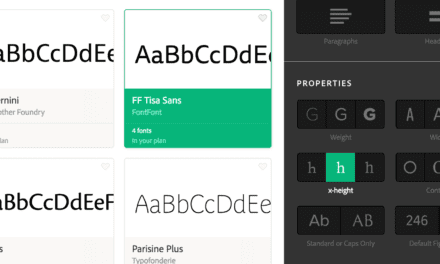ARTICLE SUMMARY: “Consistency” is one of the most repeated mantras in UX design, but do we always understand what it means? Depending on context, it can be seen as a thoughtful compliment or an inflexible constraint.
Brands create and maintain consistent UX patterns to spare users from learning new interactions with each product. By leveraging familiar designs, they align with user expectations, saving time and reducing cognitive effort.
In “CONSISTENCY, On compounding patterns and the art of divergence” the author explores the role of consistency in UX design, offering designers a deeper understanding of what it truly means to design with consistency, and when it’s okay to break the pattern. some of the topics discussed include:
- How consistency is multifaceted
- Why consistency is good for business
- Consistency is about making room for differentiation
The real strength of consistency in UX design isn’t simply about keeping things uniform, it’s about establishing predictability. When users can anticipate how something will behave, they feel more confident and spend less time learning. Predictability fosters ease, trust, and efficiency, which are far more valuable than visual sameness alone.
Consistency helps create a smoother UX experience, but it won’t fix deeper problems in usability or design. That’s where solid user research makes all the difference.
This is a great article for all designers, let us know what you think in the comments.




